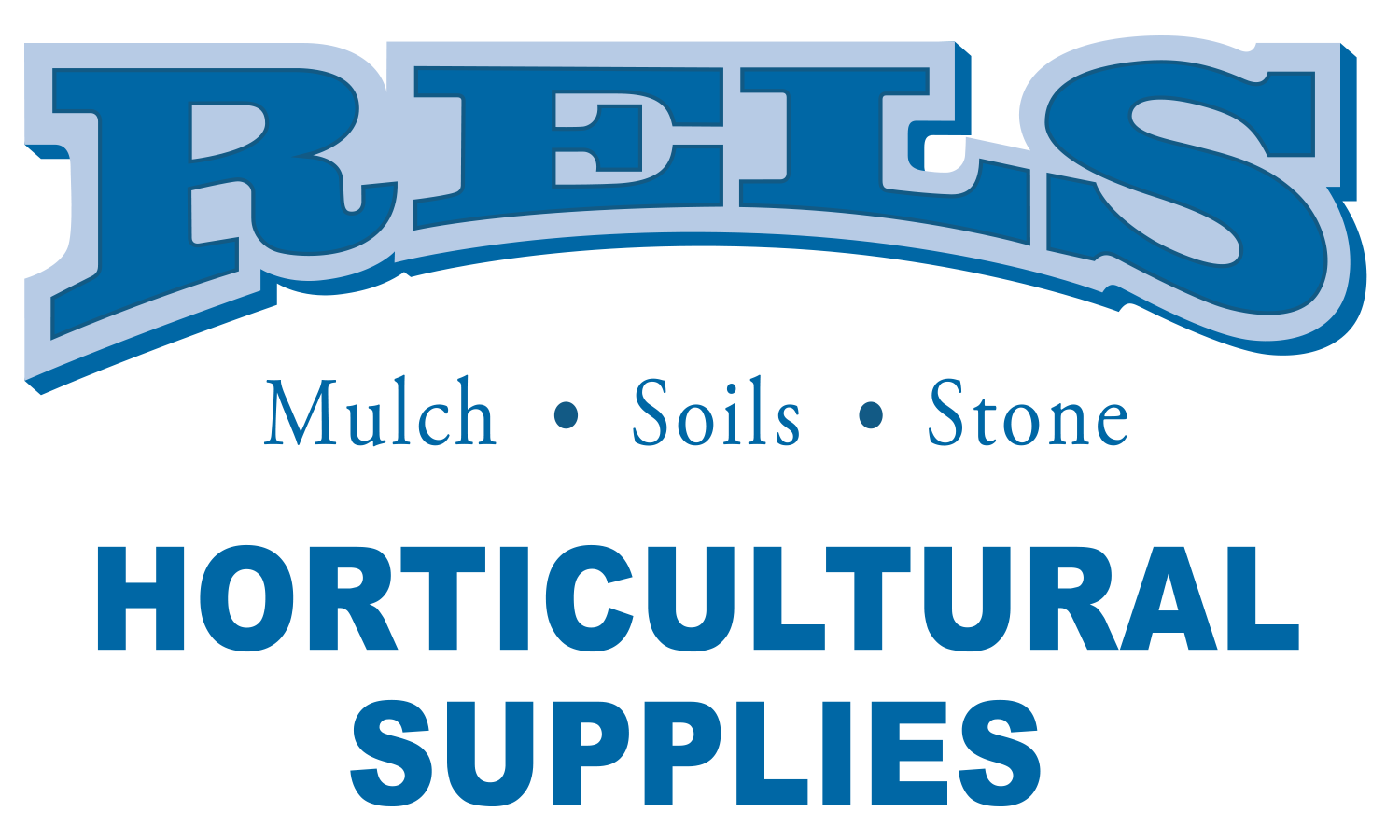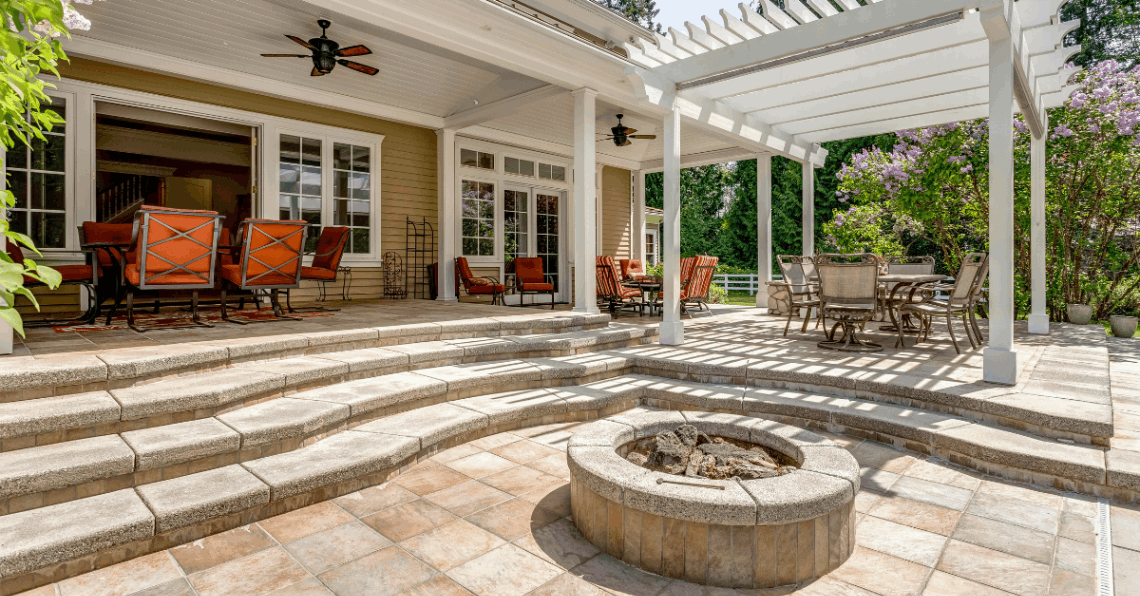You’ve carefully planted your flowers, kept up with trimming, watered responsibly… You’ve even gone to great lengths to keep pests out of your garden, but your landscaping is still missing something. If you can’t figure it out, we have one question: Have you considered hardscaping?
Gardens are all about nature, but that doesn’t mean they can’t be enhanced with a bit of man-made flair. From bricks to concrete, there are plenty of hardscaping materials that combine visual appeal with durability. Let the pros at RELS Landscaping give you some insights!
Natural Stone
Okay, so not every item on this list is man-made, as evidenced by this item: Natural stone. Though it is a naturally occurring resource, it still stands in contrast to the vibrant colors and soft textures of your garden thanks to its solidity and muted colors. That’s exactly why it can enhance a garden so effectively.
Advantages
Natural stone boasts exceptionally durable qualities, and it’s able to withstand harsh weather conditions. If you’re looking for longevity, you’re looking for stone. On top of that, there are several options that offer unique colors and patterns
Types and Uses
- Granite: Strong: Check. Color variety: Check. Ideal for high-traffic areas: Check.
- Limestone: This is a great option for smooth textures and earthy tones that offers a more natural look than other types of stone.
- Sandstone: This features warm colors and natural layering, making it easy on the eyes and great for foot traffic.
While there are endless possibilities for how you use natural stone (it’s your garden, after all), it’s typically used on walkable areas like paths and patios thanks to its hardness.
Concrete
Versatile and cost-effective, concrete is a solid option (pun intended) for landscaping that can be customized in plenty of ways. It’s strong. It’s durable. It’s incredibly popular.
Advantages
Similar to rock, concrete is incredibly durable and able to handle strong loads and withstand extreme weather conditions. While it isn’t as smooth as a lot of stone you’ll come across, it can be polished, stamped, or stained to emulate the appearance of stone and other materials.
Types and Uses
- Poured Concrete: If you want to create a seamless surface that covers a large area (like a driveway), this is your best bet.
- Concrete Pavers: On the flip side, these pieces are pre-formed and can be arranged into a variety of attractive patterns. The design possibilities made possible by concrete pavers are nearly endless.
We’ve already mentioned that concrete is great for driveways, but that’s not just because of its seamless features. Have you ever been to Florida or another state that sees high temperatures? Have you noticed most of the driveways are concrete and not asphalt? That’s because concrete is much cooler than asphalt. If you want to keep your landscaping a bit cooler during scorching days, this is a great choice.
Concrete, like natural stone, is also a great choice for walkways and patios. It’s cool, durable, and easy to create level surfaces with.
Brick
Looking for a more classic aesthetic? Bricks are here to save the day! They’ve been used in construction for centuries, and there’s a reason they have impressive staying power. They offer a warm, traditional look that goes well with several styles of architecture.
Advantages
- Long-Lasting and Weather-Resistant: Brick can hold its own against nasty weather conditions, so if you don’t want to worry about many repairs, consider this option.
- Aesthetic Variety: You probably think of red when you imagine bricks, but there are several colors to choose from! On top of that, there are even brick options that have textures on them, so weigh all these options to decide which one works best with your landscaping.
Uses
Brick is a great option for paths and patios, as long as you’re okay with a slightly rougher texture. Where they can also truly shine, though, is garden borders. Installing one of these can really call attention to the most beautiful areas of your garden that you want to show off. It can also prevent your grass from making its way into areas you don’t want it in.
Gravel and Crushed Stone
A classic option for those of you who prefer low maintenance and cost-effectiveness, gravel and crushed stone provides plenty of flexibility in your hardscaping design. This is thanks to its various sizes and colors.
Advantages
- Drainage Properties: Since this material is made of small stones, there’s plenty of places for water to flow right through. This helps keep puddling and erosion under control.
- Easy Installation and Maintenance: While natural stone and bricks could be compared to puzzle pieces you need to fit together to make your surface, gravel and crushed stone simply needs to be poured into the desired area. This makes them easy to install, and easier to maintain.
Uses
Gravel is perfect for driveways and garden paths, but it also offers a level of versatility the other options lack: It can be used as the main surface or as a base for the others to be installed on top of. Combining it with other hardscape materials can make for a strong final result!
Composite Materials
What are composite materials? They’re modern alternatives that are made up of different substances like wood and plastic. This allows for recycled materials to be used in a smart way, but also gives you enhanced performance.
Advantages
- High Durability, Low Maintenance: Weathering, decay, and insect damage are no match for many composite materials, meaning they will last quite a while and require minimal maintenance and repairs.
- Eco-Friendly Options: Many of the composite materials you can choose from for your landscaping is made of recycled material. The environment will thank you for taking advantage of this eco-conscious solution!
Types and Uses
There are two main types of composite hardscape materials: Composite decking and composite pavers. Composite decking is great for creating decks that offer aesthetic appeal and durability. As for composite pavers, they offer a natural-looking, lightweight option that’s easy to install. These materials can be used for patios, similar to the other items on this list, but where they truly shine is in decks and pool areas.
Conclusion
Making the right choices for your hardscaping materials can be daunting. You want to find a perfect balance of durability, visual appeal, and cost, which can be tricky, for sure. When holding up each material option against considerations like climate, usage, and visual appeal, your choice should become much clearer.
Whether you decide on natural stone, brick, or any of the other options we’ve discussed, we’re here to help you get the supplies you need. When you work with an experienced hardscaping company, your landscaping and hardscaping vision will become a reality. Get in touch with us and let’s get started!

